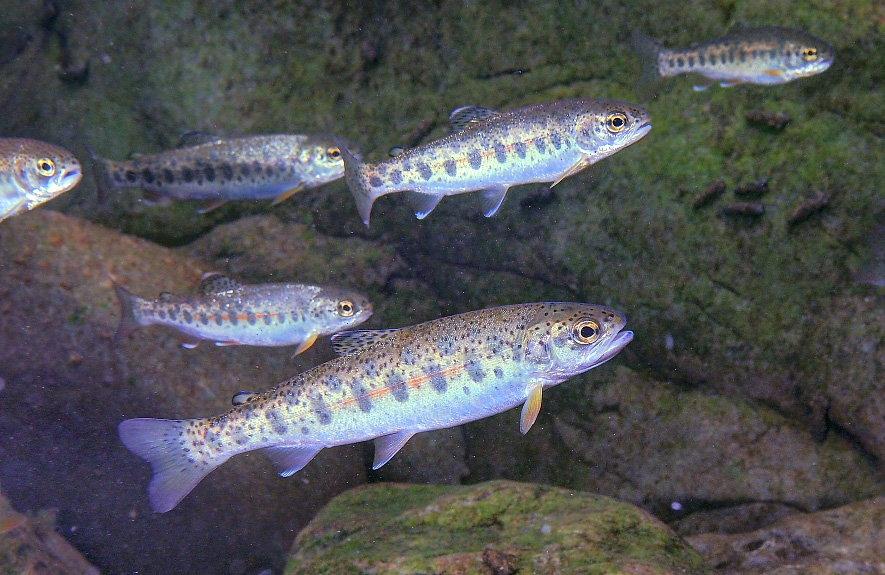
By STEVE LUNDEBERG/OSU News Service
Hatchery-raised steelhead have offspring that are good at gaining size under hatchery conditions but don’t survive as well in streams as steelhead whose parents are wild fish, new research by Oregon State University shows.
The results, published in PLOS One, suggest that it may be possible to change rearing methods to produce hatchery fish that are more like wild steelhead, which could help them survive better and also allay concerns about them mixing with wild populations, said OSU scientist Michael Blouin, who led the study.
Steelhead hatcheries provide fish for harvest and to supplement wild stocks of an iconic species that’s ecologically, culturally and recreationally significant.
Like salmon, steelhead travel to the ocean as “smolts” and return to their natal streams to spawn. Hatcheries raise eggs and juvenile fish for about a year and then release them to go to sea.

It is well established that hatchery fish make better brood stock than wild fish, producing more fish that return for harvest, Blouin said. On the other hand, hatchery fish produce fewer returning offspring when both spawn in the wild.
This tradeoff appears to happen because hatcheries are inadvertently favoring genes that promote growth in the hatchery environment at a cost to survival in the wild, he said.
The new research suggests there may be a way to modify hatchery conditions so they don’t accidentally “select” for traits valuable to juveniles in a fish-raising environment at the expense of traits that will be needed after release. In evolutionary biology, selection refers to the process of beneficial genes being passed on to improve a species’ chance of survival in a particular environment.
The scientists’ hypothesis was that genes favored in the hatchery are disfavored in the wild, causing the tradeoff.
Salmon, trout and steelhead raised in hatcheries regularly have lower “fitness” – the number of adult offspring that survive to return from the sea – than wild fish when both spawn in the wild, Blouin said.
“The bigger a hatchery smolt is at time of release, the better its odds of surviving in the ocean,” Blouin said. “A hatchery environment has no predators, lots of calorie-dense food and is very crowded. But a natural stream is a low-food, predator-filled environment. Behaviors or physiological traits that allow some juvenile fish to take advantage of the hatchery and grow quickly might make them prone to starvation or being eaten by predators in the wild.”
Researchers are now focused on testing whether other changes to standard hatchery rearing methods could be used to make hatchery fish more like wild fish, he said.


